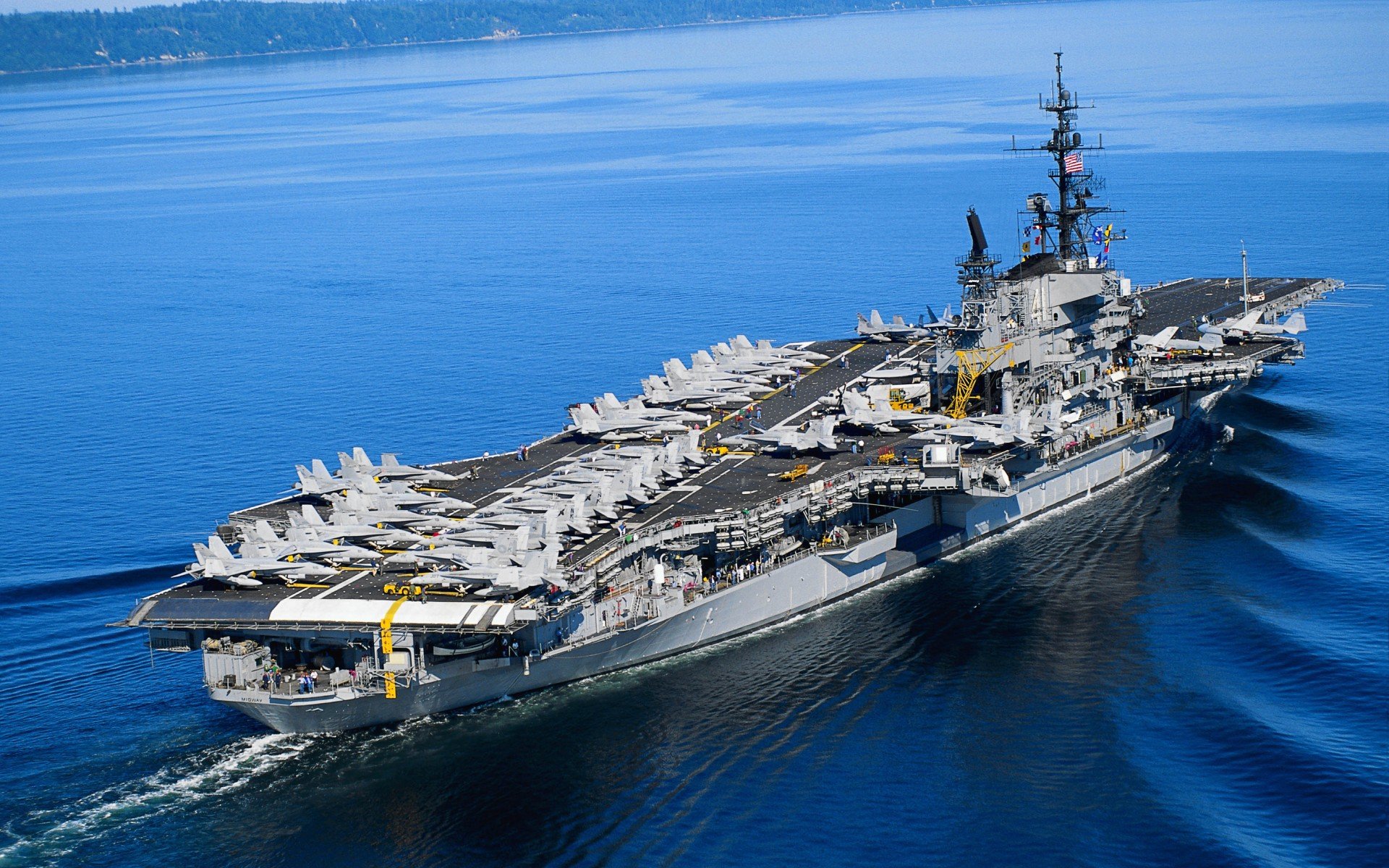VA-75 "Intruders in Hot": Artwork depicting VA-75 during operations to reduce the Brownsville Pocket, September-October, 1989:

You are using an out of date browser. It may not display this or other websites correctly.
You should upgrade or use an alternative browser.
You should upgrade or use an alternative browser.
Images Of Kara's First Day: Pictures Of Red Dawn's WW3 And The Aftermath
- Thread starter DrDerp
- Start date
Guru and many other COs of F-4 squadrons has this on his (or in two USAF cases, her) office wall....

An F-14 of VF-1 from USS Ranger/CVW-2 during one of the USN's frequent raids on the Soviet naval facility at Cam Ranh Bay, VN, early 1987:

Working up: CVW-15 aboard USS Kitty Hawk (CV-63)in the SoCal OpArea prior to a NorPac deployment in 1986 (this was a year before she was declared CTL after a Backfire and sub attack)..

Did they had Destroyer Escorts before the Carrier was toast by Submarines and Backfires.Working up: CVW-15 aboard USS Kitty Hawk (CV-63)in the SoCal OpArea prior to a NorPac deployment in 1986 (this was a year before she was declared CTL after a Backfire and sub attack).. View attachment 823876
A VA-155 A-6E prepares to launch from USS Ranger (CV-61) during the Second Kamthatka Raid, 1987: This is an aerial minelaying mission.

An F-105G of the 116th TFW (GA ANG) taxis out for a mission to Cuba, 1986; the Wing had the Wild Weasel commitment to JTF Cuba....

Rangers Lead the Way!
A CH-47D recovers a captured Mi-24 Hind found in West Texas, 1988:

A CH-47D recovers a captured Mi-24 Hind found in West Texas, 1988:
Was this done already? Maybe I am misremembering. Sorry if it that is the case.Rangers Lead the Way!
A CH-47D recovers a captured Mi-24 Hind found in West Texas, 1988:
View attachment 827456

Eland 90 Armored Cars of the South African 15th Cape Rifles ready to chase down Soviet raiders in New Mexico in March 1987.
The handful of South African units tasked for base security during the War ultimately became legendary for their tracking prowess and the speed of their Rooikat, Eland 90 and Ratel wheeled armored vehicles, Leading to the South Africans gaining a formidable reputation as hunter-killer troops and earning many awards for their actions.

U.S. Marine aims an FIM-92 on a low-flying Soviet aircraft above Crow Valley, Tarlac, Philippines.

Juan Santamaria International Airport in San Jose, Costa Rica. This was the POW transfer site of both sides in World War III at the end of the war.

Two F-20 Tigersharks on a test flight over California in 1982. The F-20 became the once-unheralded "miniature monster" of the Third World War, a single-engined light fighter made both by Northrop in California and by AIDC in Taiwan that, while lacking some the fighter-bomber capabilities of the F-16 and F/A-18, was a very capable fighter with a powerful radar and electronics suite. Once derisively called "The Midget" by the Russians, F-20 squadrons, many of whom soon painted 'TMKR' on their aircraft in response (this being a shortened version of the statement 'This Midget Kills Russians') gained a mystique all their own for the speed and agility of their small fighters, acting as both fighter killers as well as often being used for tactical air support in both dropping bombs and strafing runs as well as killing helicopters, the latter a job the F-20 often excelled at. Even with wide production allowing for the F-16, F/A-18 and F-15E taking over many duties by the end of the war, some nine squadrons still flew the F-20A Tigershark at the Armistice, and they remain in use in several air forces to this day.
Share:

